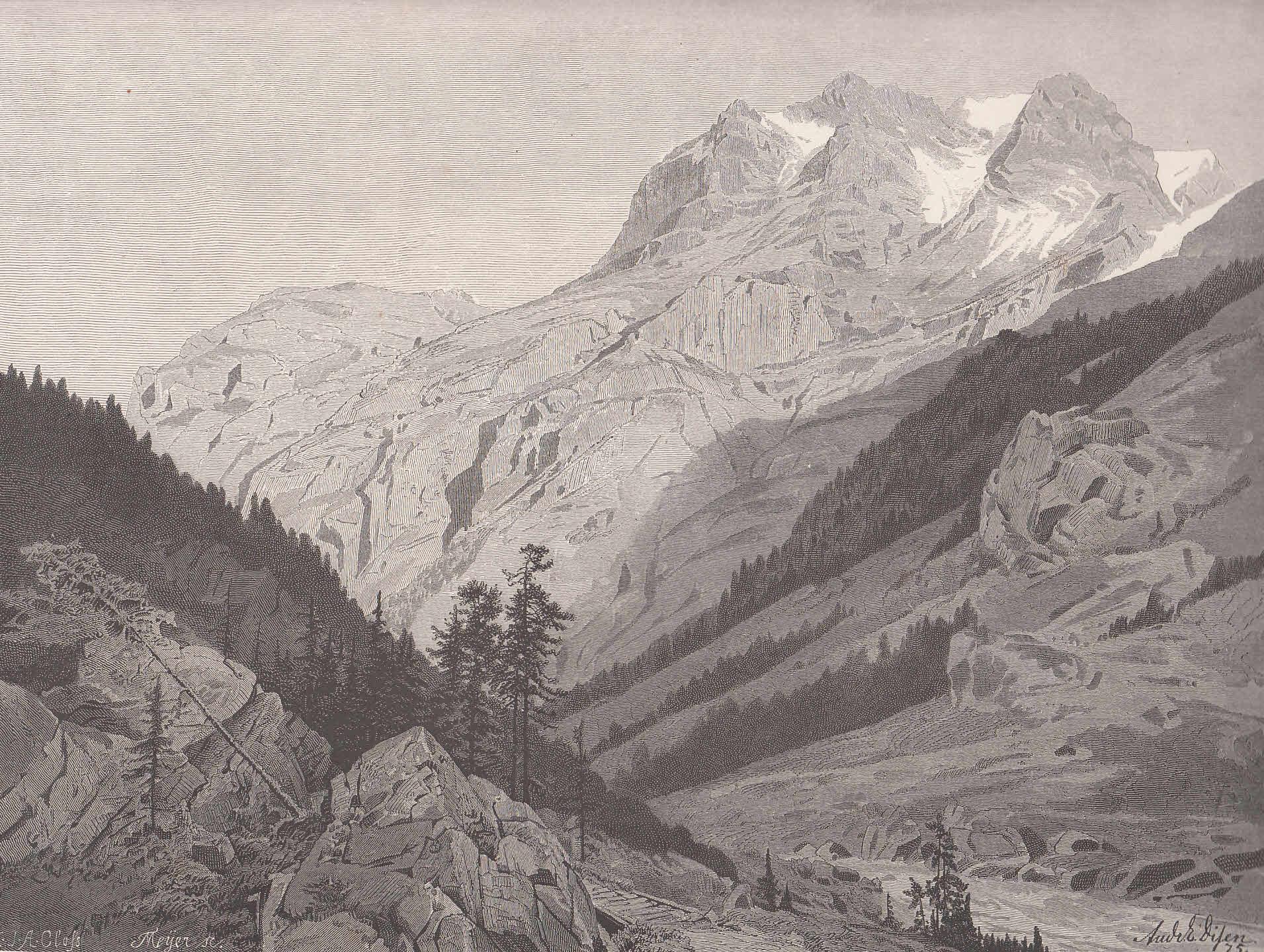 |
| Calendar cycles of the elder days |
As I was preparing the new Extended Edition of the volume "The Moon in 'The Hobbit'" for uploading, I came upon this online essay, http://rinsanity.weebly.com/tolkien.html , whose author accused me of having committed several errors in my verification of Tolkien's millennial deficits in the previous editions: a sign error and an incorrect drop of the leap-day of 2060 TA, to be precise. That provoked me to set up my old spreadsheet again and to check whether the author of that essay was right. It turned out that I had indeed committed two blunders - but not these.
Checking also Hammond & Skull's "Reader's Companion", I only learned that they rely on Jonsson's 1985 article "The Kings' Reckoning: Did Tolkien Reckon Correct?" I answer with confidence now that he did; but Jonsson did not, nor did I before nor did the author of the article above. In fact, the correct solution seems to be this:
A calendar of 365 days has an offset (Tolkien calls it a deficit) of -0.2422d against the true solar year. Within four years, this offset grows to -0.9688d, at which time it is corrected to +0.0312d by adding a leap-day. Repeat the four-year cycle 25 times, and you get a - what is that called: a "centurial"? - offset of +0.7800d, which the Númenóreans compensate by dropping the leap-day (like the Gregorian Calendar does), producing a "centurial" deficit of -0.2200d. Within a millennium, this deficit has obviously accumulated to -2.2000d and the Kings' Reckoning adds two additional leap-days. Thus the notorious millennial deficit of -0.2200d is left. (Tolkien's result was -0.1991d: his familiar -4h46'40" stated in App. D.)
On this basis, I was able to reproduce the offsets up to 2059 TA, when Steward Mardil's extraordinary addition of two more leap-days "left about 8 hours deficit" (App. D). This deficit was -0.3376d on my spreadsheet, translating into -8h06'00". So: no sign error here!
But it was at this point that trouble started. In whatever way I twirked the spreadsheet by adding or dropping a leap-day, I did not manage to produce a deficit of slightly less than -1d as App. D requires both for 2360 TA and for 3019 TA. There came a moment when I even suspected that Tolkien might have misapplied a century of 101 years, from 2059 to 2160, which would have produced a plausible value at least for 2360. I had actually already begun to revise my chapter in the Extended Edition accordingly when I started wondering whether the odd allusion to 5500 Second Age as corresponding to 2059 TA might hide a clue. Then it struck me.
An additional assumption is required to understand App. D. Steward Mardil did not only add a leap-day to 2059; he also reset the century correction to its Second-Age pattern. The leap-days subsequently followed in Second_Age years divisible by 4: hence, in 5504 SA = 2063 TA and so on (I was right then about dropping the leap-day due in 2060 after all). The century correction, as a result, was no longer applied in the '00s of TA but in the '59s.
This assumption results in a deficit of -0.9976d in the year 2359, consistent with "this deficiency had not quite reached [the] amount [of 1 day]" in the words of App. D. (Tolkien may have obtained a slightly lower value depending on how many decimals he has used.) That solution only left the deficit of 3019 to be accounted for. For even with this assumption in place, the computed offsets refused to match App. D. At this point, Jonsson argues that Tolkien has reckoned wrongly and Hammond & Skull follow him in that.
But it can be shown now that they are wrong. For the same assumption simply has to be applied twice: Steward Hador added the leap-day to 2360 that reduced the remaining deficit to a mere -0.2398d and he also reset the century correction once more so that the leap-days now followed on 2364 TA et cet. and the century correction was moved from the '59s to the '60s. This assumption finally leads to a deficit of -0.8596d in the yeat 3019, consistent with Tolkien's notion that 'the
Deficit had not yet amounted to 1 day' at the beginning of 3020.
I believe that this is now indeed the correct solution: Tolkien did assume these two resets of the century correction in 2059 and 2360, but he failed to specify them in App. D due to the hastiness by which the Appendices have been attestedly compiled. He has reckoned correct after all.
The Extended Edition of "The Moon in 'The Hobbit'" that I have uploaded today in print and e-book gives the history of the Númenórean calendar and the now correct calculations in more detail than I can present here.
 The voyage back from Rivendell had taken him as much as the voyage out, and this would no doubt have needed a drastic reduction of the timeline, had the 1960 revision of "The Hobbit" ever reached this state. Very likely, 22 June could not have been retained as the day of returning: The stay in Beorn's Hall had already been excessively long, anyway.
The voyage back from Rivendell had taken him as much as the voyage out, and this would no doubt have needed a drastic reduction of the timeline, had the 1960 revision of "The Hobbit" ever reached this state. Very likely, 22 June could not have been retained as the day of returning: The stay in Beorn's Hall had already been excessively long, anyway. 








